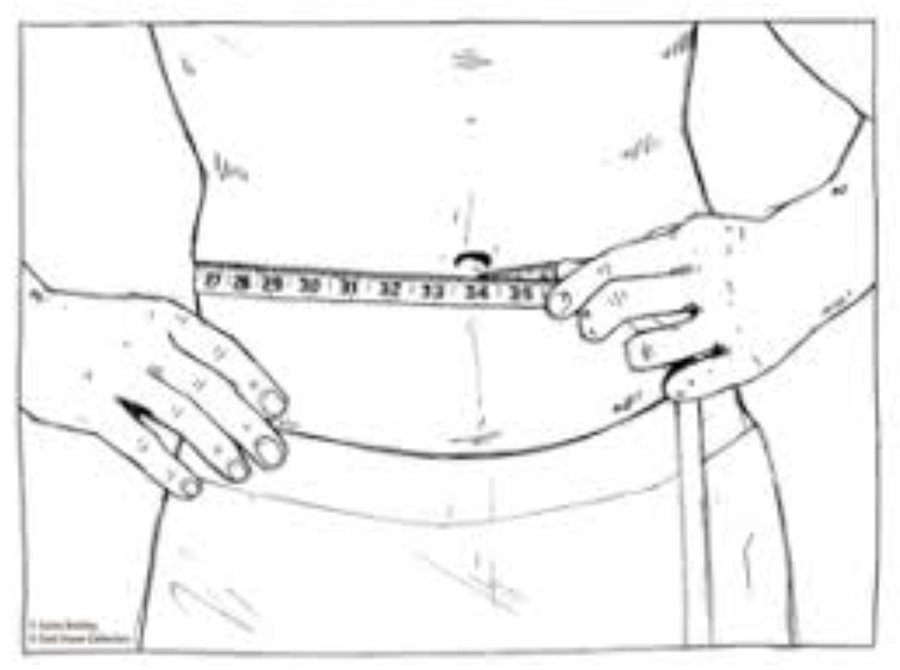

Children were divided into groups as obese, overweight, normal weight by using age and-sex specific BMI percentile standards of Centers for Disease Control and Prevention (CDC). The BMI was calculated as the weight divided by square of height (kg/m²). 7 It provides growth curves for different sex and age groups with related cut-off points. Overweight/obesity were defined according to the “International Obesity Task Force’s (IOTF)” standarts. 2 The weight/height/waist circumference (WC) measurements of the students were performed using standardized protocols. Parental obesity was evaluated according to BMI values, ≥25 was accepted as overweight, ≥30 was accepted as obese. dietary habits, sleep pattern, duration of television/computer usage, presence of parental obesity. The second part was related to determining the factors affecting the development of obesity e.g. The first part was related to the sociodemographic characteristics of children and their parents (such as age, sex, educational background, economic statuses and health insurance status). 1- 6 The questionnaire form consists of two parts. Students completed a questionnaire which was prepared by researcher’s based on the review of the previous literature. Students with a history of chronic disease were excluded from the study.

Healthy school children were included into the study if their parents signed the informed consent.

6 The study was approved by the local Ethical Committee (No: 07/2011-7, Dated: ) of Gaziantep University Faculty of Medicine. The minimum sample size was determined as 2457 students at the 80% power level within α error of 5% with MedCalc (version 11.5.1) program. The schools were selected using a random cluster sampling method. The community-based descriptive cross-sectional study was conducted in Gaziantep Turkey between November 2011 and December 2011 with 2718 primary school/high schools students aged 6-17 years. Also, current study was aimed to the distribution of WHtR values, and to determine the possible cut-off points for defining obesity/abdominal obesity. The aim of the present study was to investigate the prevalence of obesity, and associated factors such as parental obesity, sleep duration, television viewing/computer usage time in school children 6-17 years of age in Southeastern Turkey. 4 It is a simple, age-independent marker to preventing the need for age-related reference charts in different ethnic/gender groups. In recent years, waist-to-height ratio (WHtR) recommended as analternative measurement method for determining obesity/abdominal obesity in childhood. 4 Diagnosis of obesity/abdominal obesity are required age, gender, and height specific percentiles. 1- 3 Abdominal obesity is associated with hypertension, diabetes, and dyslipidemia. sleep duration, computer usage time, television viewing time, physical activity, and food consumption)and is an important risk factor for the development of metabolic syndrome, insulin resistance, hyperlipidemia, and cardiovascular disease. 1, 2 Obesity is a multifactorial disease determined by genetic/environmental interactions (e.g. Childhood obesity has become one of the most serious health problems of the last century.


 0 kommentar(er)
0 kommentar(er)
